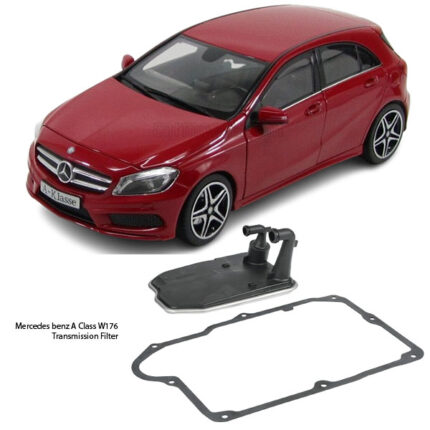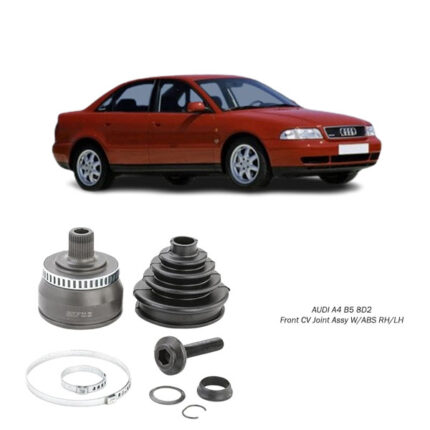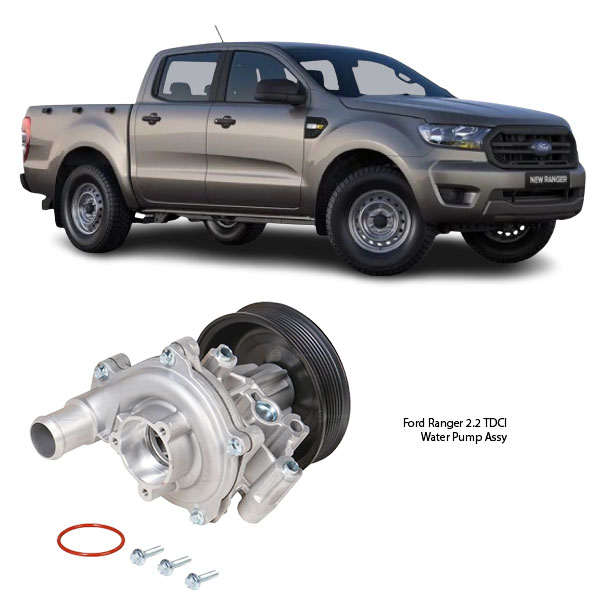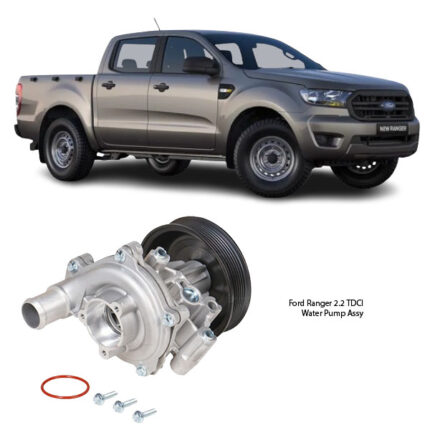Get Ford Ranger 2.2 TDCI Water Pump Assy LR029963 in Kenya
The Water Pump Assembly is a critical component of a vehicle’s engine cooling system. Its main responsibility is to circulate coolant through the engine block, radiator, and heater core, ensuring that the engine operates within the ideal temperature range. Without a properly functioning water pump, the engine would quickly overheat, leading to catastrophic damage such as a blown head gasket, warped cylinder heads, or even complete engine failure.
A high-quality water pump guarantees efficient heat transfer, consistent coolant flow, and dependable engine performance. Whether you’re maintaining a daily driver or a performance vehicle, investing in a reliable Water Pump Assembly is essential for long-term engine health.
What is a Water Pump Assembly?
The Water Pump Assembly is a mechanical pump that is usually belt-driven (via a serpentine or timing belt) and located at the front of the engine. It draws coolant from the radiator and propels it through the engine block and cylinder head passages to absorb heat. Once the coolant picks up engine heat, it returns to the radiator to be cooled again before re-entering the cycle.
A typical water pump assembly includes:
-
Pump housing (cast aluminum or iron)
-
Impeller (metal or reinforced plastic)
-
Shaft and bearing assembly
-
Seal and gasket
-
Pulley or timing gear
Together, these parts form a closed-circuit mechanism that ensures continuous coolant circulation and effective engine temperature regulation.
How It Works
-
The engine runs and generates heat.
-
The thermostat opens when the engine reaches operating temperature.
-
The water pump impeller rotates, drawing cooled coolant from the radiator.
-
Coolant flows through engine passages, absorbing heat.
-
Heated coolant flows back to the radiator for cooling.
-
The cycle repeats continuously as long as the engine is running.
Without the water pump driving this flow, the coolant would stagnate, and the engine would overheat in minutes.
Key Features of a High-Quality Water Pump
-
Durable Pump Housing
Made from cast aluminum or iron to withstand thermal cycling, vibration, and corrosion. -
Precision-Engineered Impeller
Designed to maximize coolant flow while minimizing resistance, available in metal or high-strength composite. -
High-Strength Bearings
Support smooth rotation of the impeller and pulley under high load, reducing the risk of failure. -
Sealed Shaft Design
Prevents coolant leakage and protects the internal components from contamination. -
OEM Fitment and Performance
Matches original specifications for flow rate, dimensions, and mounting points. -
Integrated Pulley or Timing Gear
Ensures compatibility with engine drive systems for trouble-free installation.
Why It’s Important
The water pump assembly directly influences:
-
✅ Engine cooling efficiency
-
✅ Fuel economy
-
✅ Exhaust emissions
-
✅ Engine performance
-
✅ Component longevity (gasket, hoses, radiator)
If the pump fails or leaks, the engine can overheat, potentially damaging pistons, gaskets, cylinder heads, and even the crankshaft. That’s why water pump maintenance or replacement is a key part of regular engine servicing.
Symptoms of a Failing Water Pump
Knowing the warning signs of a failing water pump can save your engine:
-
Coolant Leak: Visible pooling of coolant under the vehicle or around the water pump housing.
-
Engine Overheating: Temperature gauge spiking into the red zone.
-
Whining or Grinding Noise: Worn bearings can create noticeable noises as the pump operates.
-
Steam from Engine Bay: Often a sign of extreme overheating or pump failure.
-
Coolant Warning Light: May indicate low coolant caused by a leaking pump.
-
Wobbling Pulley: A loose or misaligned pulley often points to bearing failure inside the pump.
If any of these symptoms appear, the water pump should be inspected and replaced immediately to avoid further damage.
Replacement Interval and Maintenance
Water pumps are designed to last anywhere from 100,000 to 150,000 km, depending on vehicle usage, coolant type, and maintenance habits. It’s often recommended to replace the water pump at the same time as:
-
Timing belt or timing chain (if pump is belt/chain-driven)
-
Thermostat
-
Radiator hoses
-
Coolant flush
Regular coolant changes (every 2–3 years) help protect the water pump from corrosion and premature wear. Always use manufacturer-recommended coolant.
Follow us on Facebook for more parts.





Reviews
Clear filtersThere are no reviews yet.